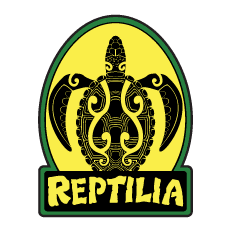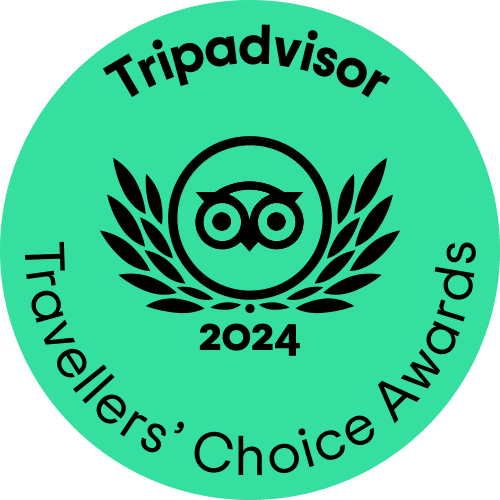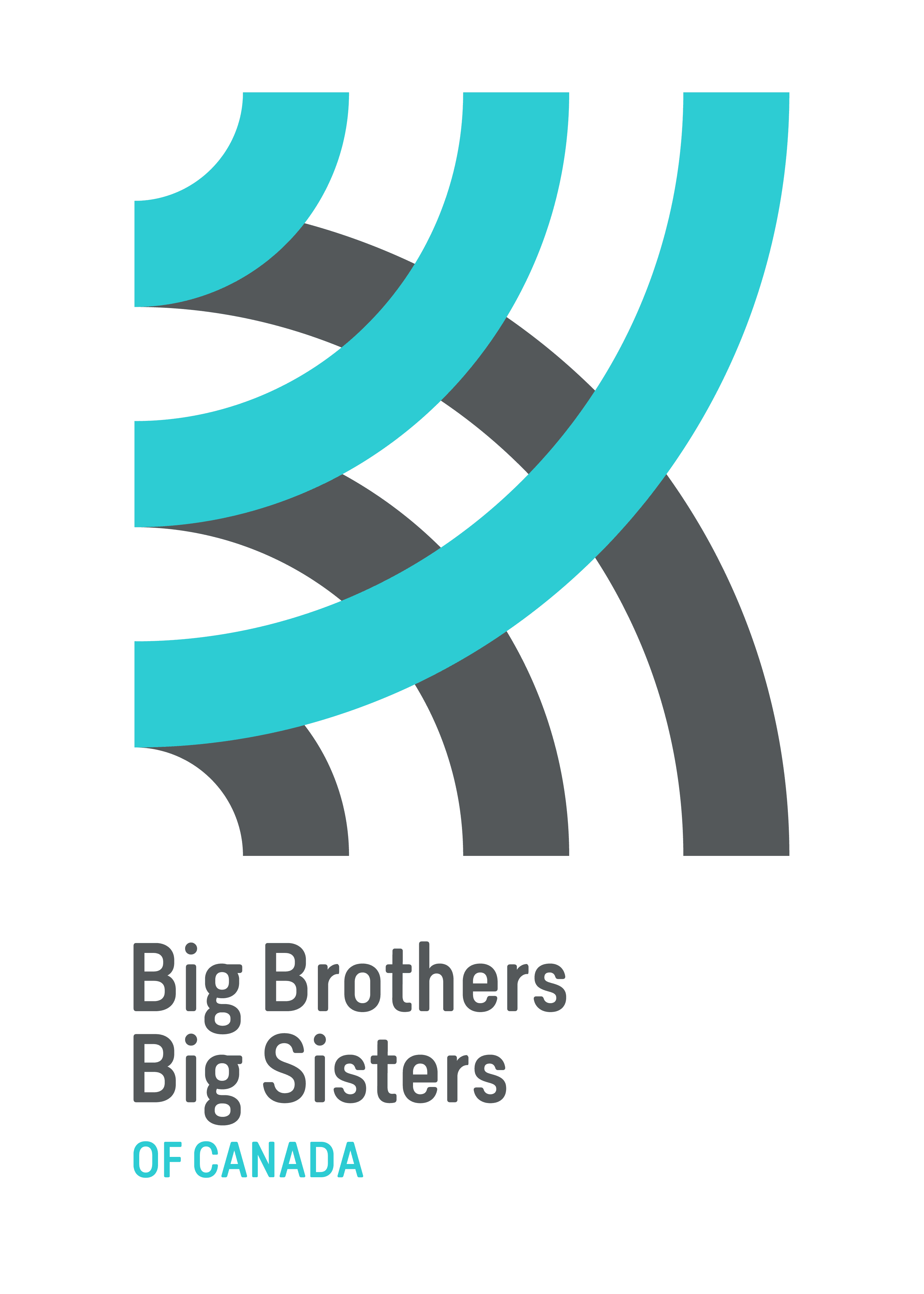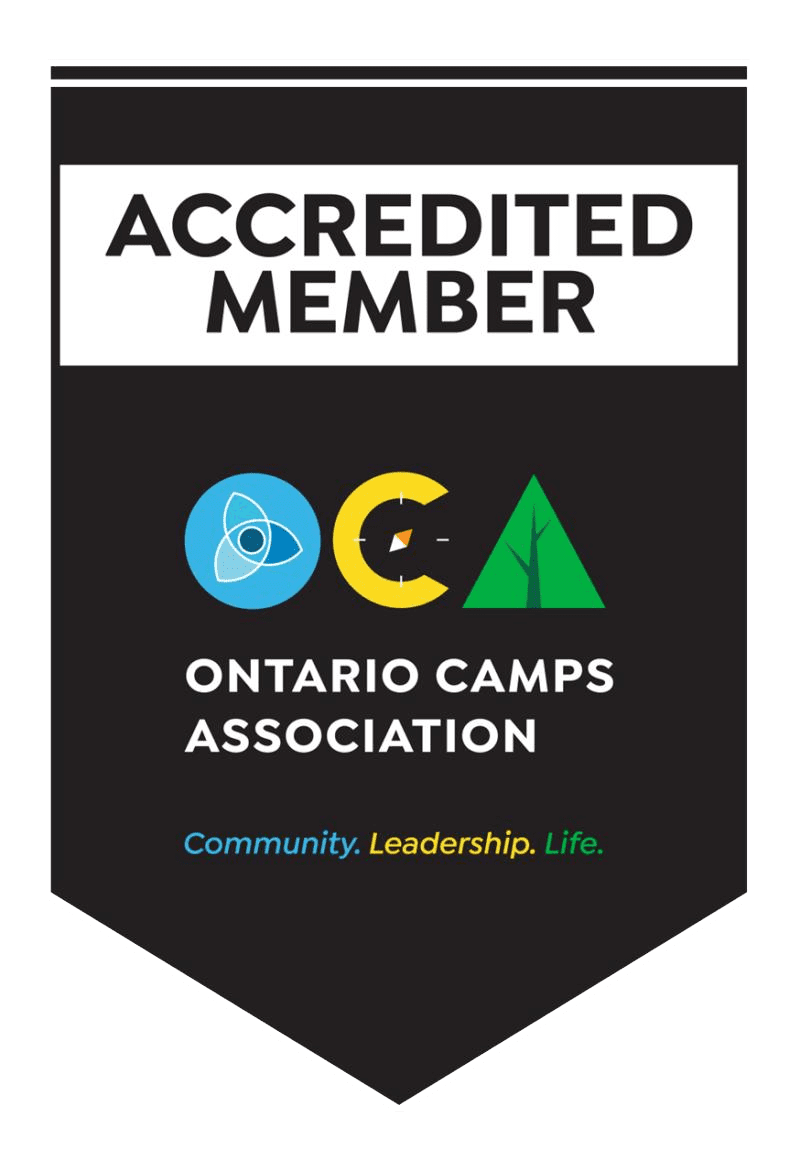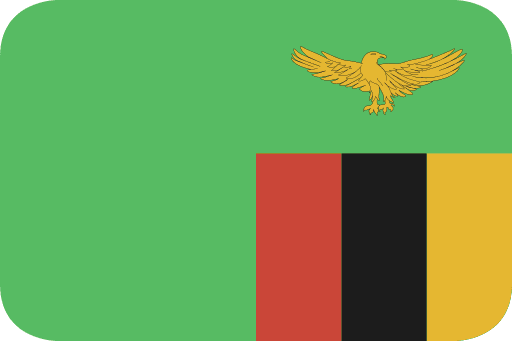Monocled Cobra
Common Name: Monocled Cobra
Scientific Name: Naja kaouthia
Names: N/A
Locations: Whitby
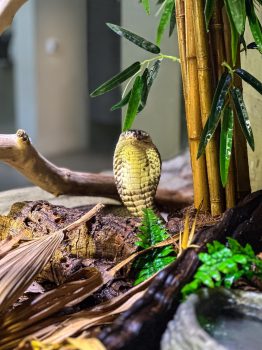
Diet
Monocled Cobras are carnivorous and primarily feed on small mammals, birds, reptiles, and amphibians. They are skilled hunters, using their venom to incapacitate prey before swallowing it whole.
Average lifespan
In the wild, Monocled Cobras typically live around 20 to 30 years.
Size
Monocled Cobras are medium to large-sized snakes. They typically grow to lengths of about 1.2 to 2 meters (4 to 6.6 feet), although some individuals may reach lengths of up to 2.5 meters (8.2 feet).
Weight
Adult Monocled Cobras can weigh anywhere from 1 to 2 kilograms (2.2 to 4.4 pounds).
About
Monocled Cobras are native to South and Southeast Asia, particularly found in countries like India, Bangladesh, Myanmar, Thailand, and Vietnam. They inhabit a variety of habitats including forests, grasslands, agricultural areas, and urban areas.
Size and behavior
Monocled Cobras are highly venomous and have a distinctive hood, which they use to intimidate potential threats. When threatened, they will raise their forebody off the ground, spread their hood, and hiss loudly. They are primarily terrestrial but are also capable climbers and swimmers.
Diet and nutrition
Monocled Cobras have a diverse diet consisting mainly of small mammals, birds, reptiles, and amphibians. They are opportunistic hunters and will consume almost anything they can overpower. Their diet may vary depending on factors such as habitat, prey availability, and seasonal changes.
Conservation status
The conservation status of the Monocled Cobra is currently of least concern. However, they may face localized threats from habitat loss, human encroachment, and persecution due to their venomous nature. Conservation efforts focused on habitat protection, public education, and responsible snake management are important for the long-term survival of Monocled Cobras.
Fun fact
Monocled Cobras get their name from the distinctive “monocle” pattern on the back of their hood, which resembles an eye. This marking is thought to serve as a form of mimicry or intimidation, helping to deter potential predators or threats.
Call or visit your local Reptilia Facility to learn how you can adopt one of these amazing reptiles.
